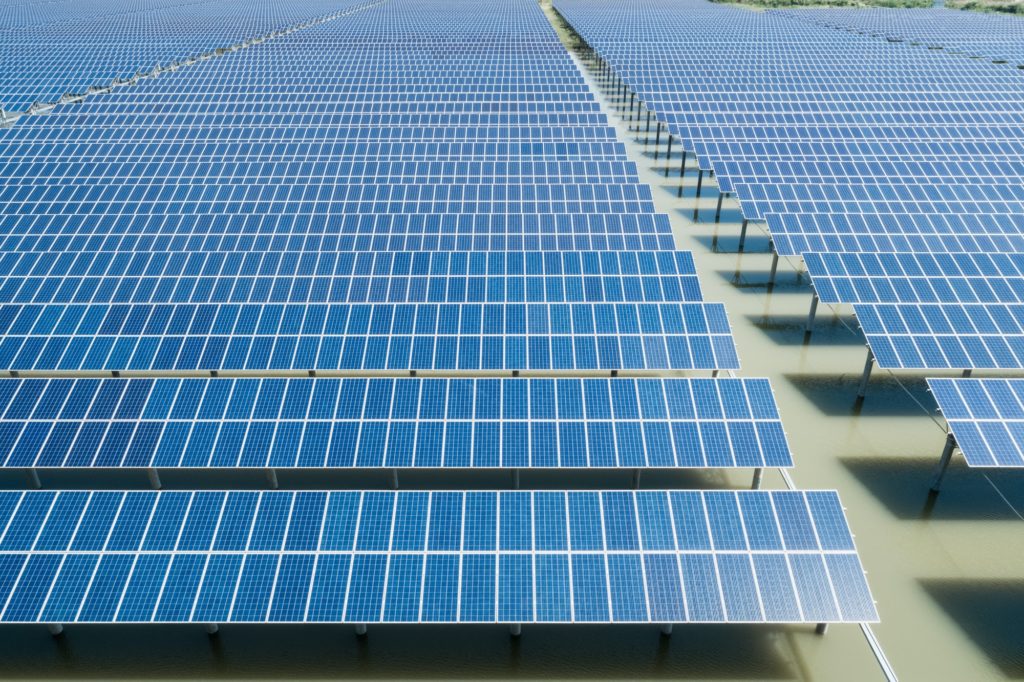Switching to solar has gained popularity, thanks to its viability, durability, and affordability.
When you decide to invest in a solar system for your household, there are many factors involved.
One of the most important criteria is the size of the solar.
Here’s how you determine which solar suits your requirements to a tee.
Energy Consumption
Electricity prices are constantly on the rise.
The tariff is so exorbitant that you often have to pay through the nose. This is one of the key reasons for the shift to solar systems.
Calculate the energy consumption of your household. You can browse through the bills of the past year to get the average monthly usage. Also, make note of the consumption during peak seasons.
You can also calculate it based on usage per electrical appliance for added accuracy. Just add up all the kilowatts (kW) to get the per day consumption.
On an average, 1kW of solar panel produces around 4 kilowatt-hours (kWh) per day. So a 4kW solar will produce 16kWh when there’s plenty of sunshine.
A typical Australian household consumes 15 to 20kWh per day.
If your daily usage is around 18kWh, then you can opt for 5kW solar systems. These calculations vary depending on location, the sunlight received, and the quality of panels.
In low-sunshine areas, it can be around 3 to 3.5kWh per day.
In extremely sunny regions, the panels can generate even 5kWh.

Location Specification
The location of your house plays a crucial role in determining the size of your solar.
It decides the mounting space and insolation for your solar system. Firstly, you should know how much area is available to accommodate a solar panel. Next comes the roof type. Whether it’s made of concrete tiles, clay, terracotta, metal, or any other material. Take into consideration the roof’s sloping alignment – flat, steep, or slightly inclined.
If your roof is not suitable enough, you have to look for alternative options like ground mounts. Lastly, the insolation factor decides how much sunlight your house gets on an average.
It’s not only your regional weather but also your roof shading that matters.
Whether it’s partially shaded, severely shaded, or unshaded during peak hours. Once you note down these factors, you can decide on the correct size of your solar system.
Cost Factor
The popular belief is that prices of solar systems are slightly on the higher side. While this is true to a certain extent, you can also find a solar system well within your budget.
With technological enhancement, you can easily invest in affordable and cost-efficient solar.
Many customers decide on the size of their solar depending on the amount they can spend. By adding a few more dollars, you can also opt for battery storage.
In short, you aim to find a solar system that fits your bill to perfection.
The size depends highly on your energy consumption, space availability and affordability.
There’s one thing that’s common amongst all sizes – sustainability.
Depending on the quality of the panel, it will easily last between 10 to 15 years; in some cases, even 20 years.
A worthy long-time investment!
Let the experts at SolaPlumb conduct a free on-site energy assessment at your home or business and provide you with the perfect solar solution – whether it is solar hot water, solar power (PV) or solar pool heating.
Call us today on (07) 5317 6216 we are here 24/7 for you.







